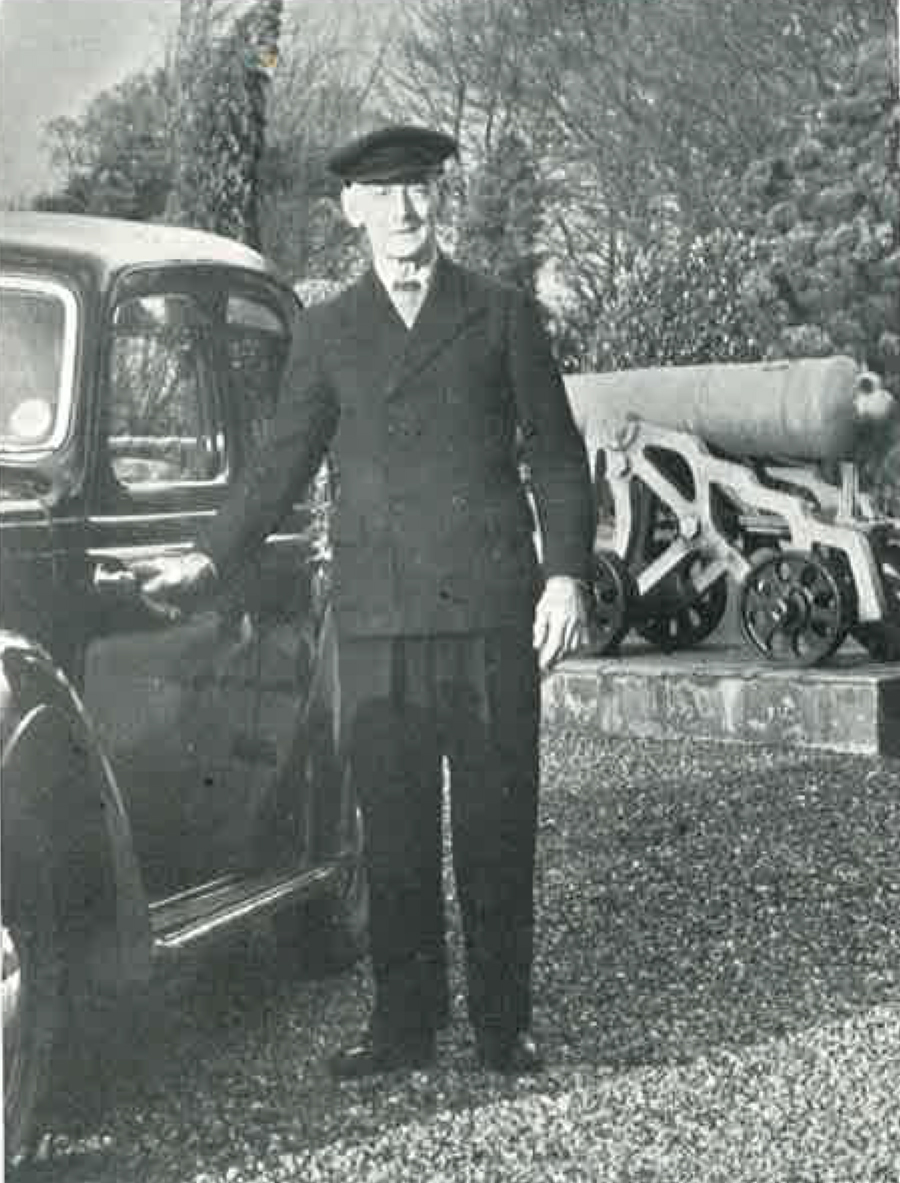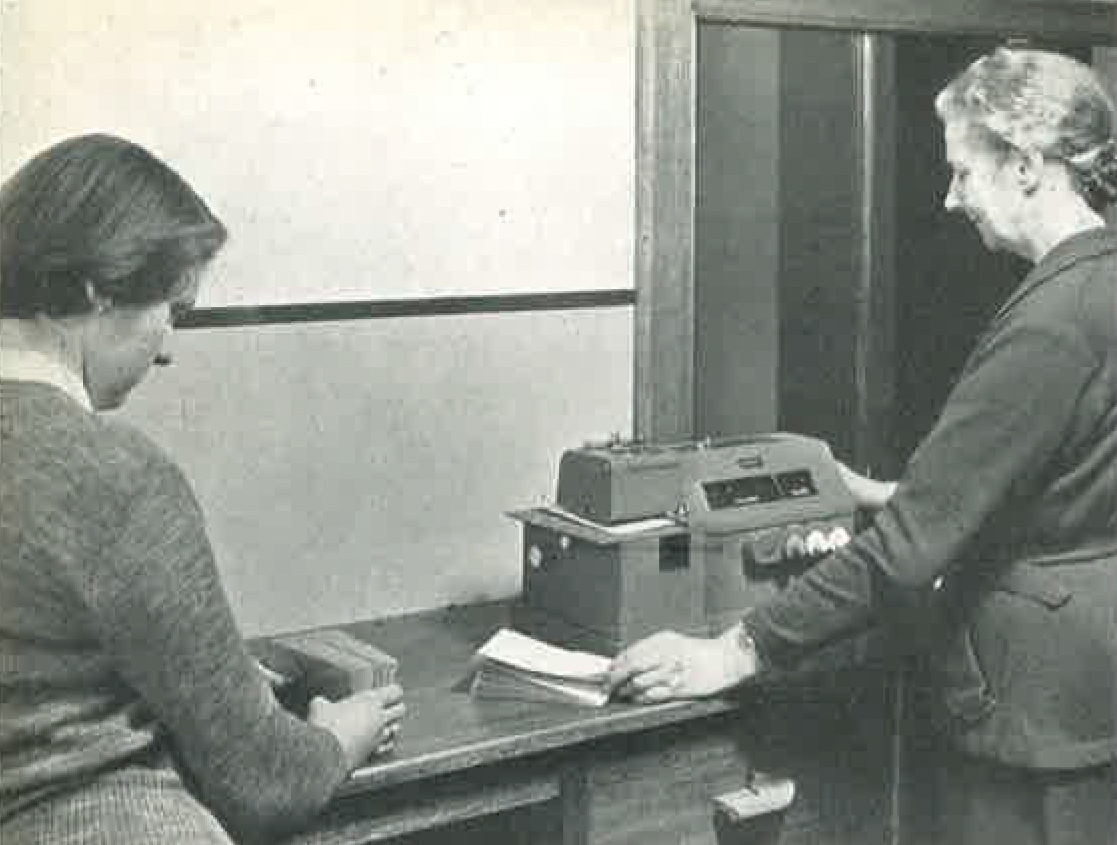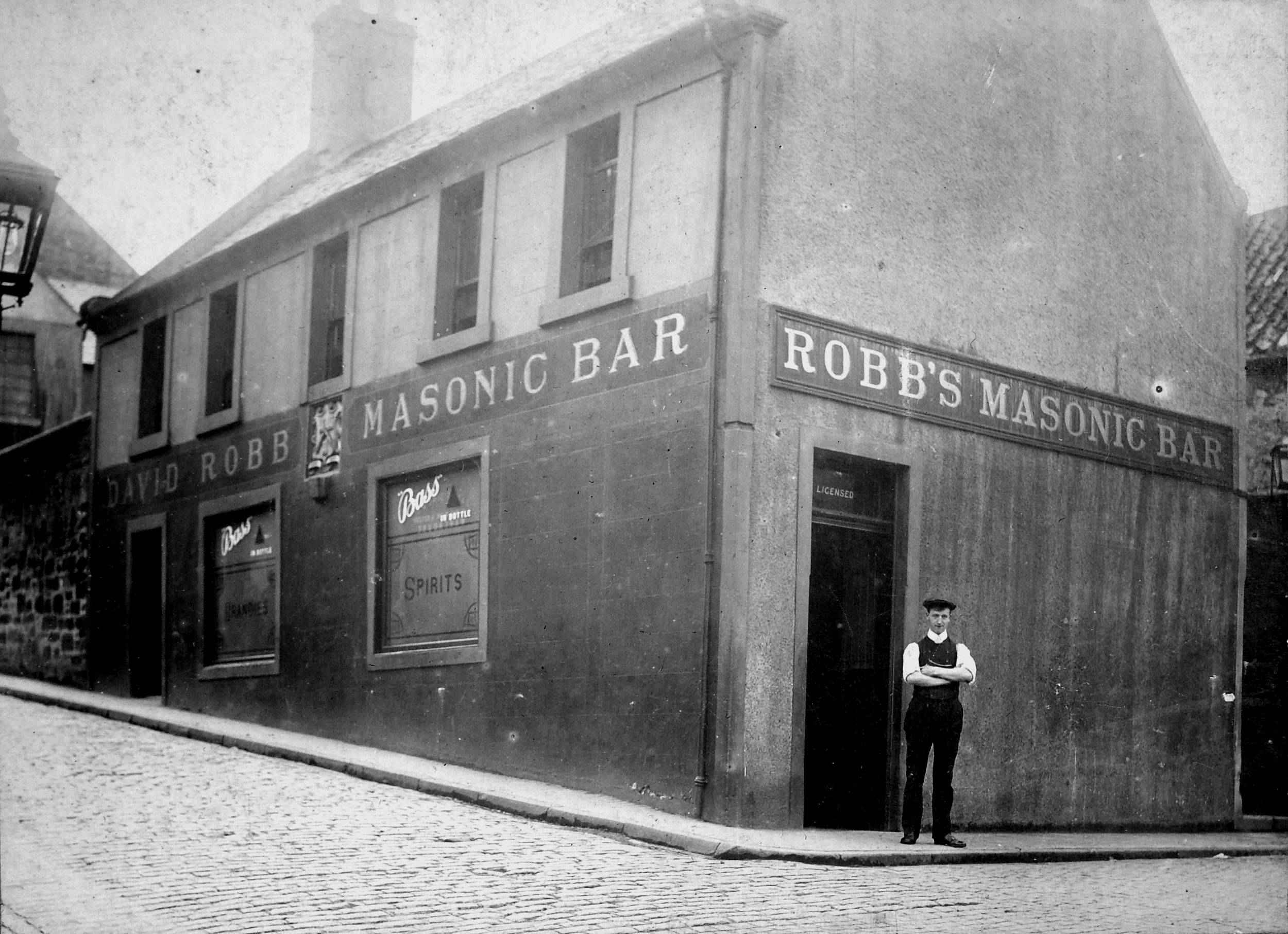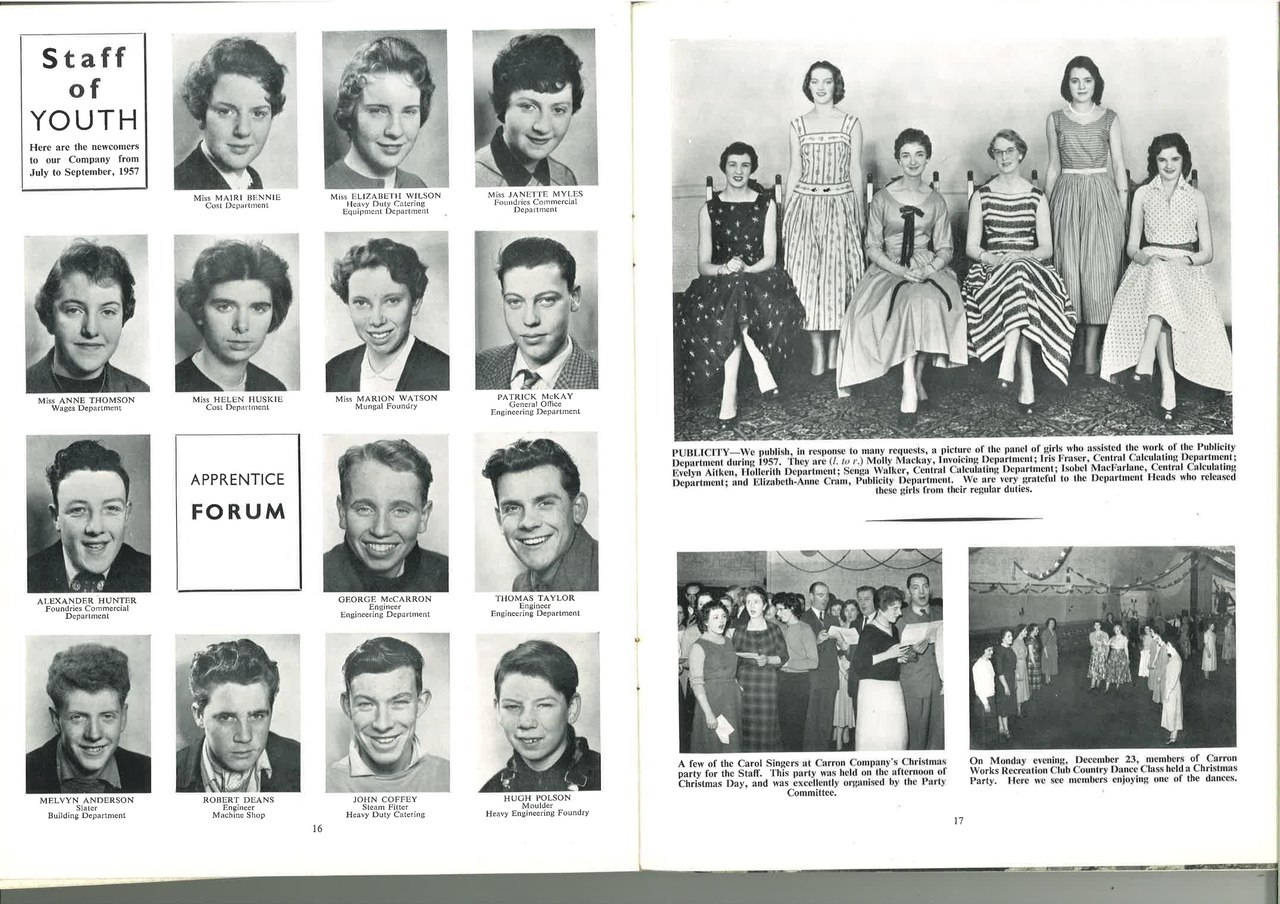The Carron Cupola magazine ran profiles on the people who worked for the Carron Company. Read their stories to find out what it was like for men, women, and children at the ironworks.
Mary Brown: Enquiries Office Worker
Mary Brown was an employee at Carron with strong family connections to the works. Both her father and uncle worked for 50 years for the company. Unlike her male counterparts, however, Mary was not provided with the same favourable treatment of gaining access to employment at Carron just because her family worked there.
Her first role at Carron was as a clerk during the First World War. She left the company in 1919 shortly after the war but soon returned, this time operating as a clerk in the pig iron department. Due to unknown personal circumstances she had to leave Carron for the second time in her career. She returned to the works for the third time in the key position of heading up the enquiry’s office. In addition to addressing the enquiries the company received it was also Mary’s responsibility to train new employees in the enquiry’s office at Carron. Away from the office, Mary spent her leisure time sewing and reading. She told the Cupola magazine that she always took great pleasure at working in the offices at Carron.
Roberts Wright: Chauffeur
One of the more unique posts at the company was to be the assistant manager’s chauffeur. Robert Wright joined the company in 1898, and after working in a range of roles, including working in the heavy foundry, he became the chauffeur for assistant manager George Pate in 1905. An interviewer at the Cupola asked Wright:
'I notice you call work with the cars a hobby. Do you really enjoy it as other people enjoy their pastimes?'
fields['text']) echo $section->fields['text']; ?>
He answered clearly: 'Yes I do.'
Over the years Robert drove several different cars (and some overhead cranes) for the company: The Scotsman, The West Astor, Arrol Johnston, Argyll, Member Morris, and Armstrong-Siddely. He took great pride in his work and, after all his years driving for the company, was proud that he still had a clean licence!
Miss J. H. Heron: Head of Domestic Science Section
Miss Heron trained at the West of Scotland College of Domestic science. She was responsible for developing an education programme demonstrating the capabilities of the Carron cookers. During the war Miss Heron served as an officer in the Women’s Royal Naval Service. She had other roles as a catering officer with the National Coal board and Assistant Domestic Fuel Efficiency organiser for Scotland with the Ministry of Fuel and Power. Miss Heron produced a cookery column for the company’s inhouse magazine, the Carron Copula.
Andrew Graham: Baths Superintendent, Mungal Foundry
When he started working for the company, Andrew Graham helped to make mantels in the Low Foundry moulding shop, before moving on to rain water pipe and gutter moulding. This was before 1898, and this section moved from the main works to Mungal Foundry or the Klondyke as it became known. It was called Klondyke because the new Mungal works were built during the time of the Yukon Gold rush.
In preparation for the move all the moulding boxes and sand were loaded onto railway wagons. The workers tied hankies to branches they had cut off nearby trees and stuck these into the sand moulds. With the hankies fluttering in the breeze the train preceded on its way to the new works. The removal wages were 5 shillings for a man, 4 shillings for an older assistant, and 3 shillings and 6 old pence for apprentices. The apprentices were all known as assistants or rammers up.
The young lads weren’t happy at the difference in pays rates between the workers during the move of equipment to Mungal works. They sent a deputation of three, including one Mr. Walker, to see the moulding manager John Morrison and air their grievance. On the way, with a procession singing behind them, they met Morrison, who was crossing from Dawson Terrace, and told him of their dissatisfaction. He listened and then very loudly he told them in no uncertain terms to, “GO BACK TO YOUR WORK.” They all about turned and made their way back to work with their heads down.
All the new Mungal works consisted of were four brick walls and two cupolas. The floor was just soil and grass and the workers had to make their own floor. The first cast was on the 1st of March 1898, with Carron Company manager Mr Frew turning on the blast. Foundry manager Mr. Barnforth and furnaceman James McEwan tapped the furnace. All the workers received beer or lemonade, biscuits and cheese to celebrate.
Andrew Graham and his fellow workers were at work for no later than 6 a.m. and 4 a.m. on Saturday mornings. Payday was on Saturday at 1pm and the worker would line up in numerical order as per their check number. On the day of the 1902 Ibrox football disaster, Graham remembers finishing work at 11am and going with a pal for a shave at a local barber, then running home to Carronshore to grab something to eat. The two of them proceeded to run back to Mungal works to stand in line and receive their pay at 1pm, before they ran to Larbert rail station and to catch a train for the game.
Graham also remembers the works holding singing competitions during breakfast. Each competitor would stand on a moulding box and sing to their follow workmates. A prize was awarded to the best singer. From 1919, Graham was responsible for all the Garvies (apprentices). He was responsible for the company’s recreation club, accepting the handover from the company on 17th October 1920. He also served on the committee and was chairman of the 1949 football tournament.
By John McMorrine and Ian Fraser.





